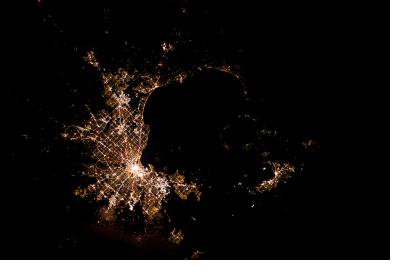Australia became an international collaborator on the new US-satellite mission Landsat 8, under an agreement signed on 12 July 2012 with the United States Geological Survey. Landsat 8, the latest in the series of Landsat satellites, is expected to launch in January 2013. It will continue almost forty years of operation of the Landsat series of land observing satellites, part of the Landsat Data Continuity Mission, which is the longest continuous record of the Earth’s surface as seen from space. “This agreement is vital to ensuring the nation’s future satellite imagery requirements are met, and confirms Australia’s commitment to working with the United States to deliver civilian uses of space,” the Minister for Resources and Energy, Martin Ferguson, said. “When launched, the satellite will provide Australia with immediate and direct access to the highest quality satellite data, replacing its current reliance on the ageing Landsat 5 and 7 satellites.”
The Landsat series of satellites are classed as ‘public good’, which means they can simultaneously benefit the community in terms of public safety and policy development, as well as promoting economic growth in a wide variety of industry sectors. “This collaboration will ensure Australia receives priority of satellite image delivery in times of national need such as assisting in emergency management response to floods, bushfires and cyclones”, Minister Ferguson said. Geoscience Australia and its predecessor agencies have been supplying Australia with Landsat data since 1979. This long – and now extended – life of the Landsat series makes it possible for Geoscience Australia to provide consistent high quality time series information over Australia and surrounding regions. The information will be used to demonstrate changes such as urban growth, and can be used to map land cover change, forest degradation, changes to water resources and other vital environmental observations spanning decades in many instances. To further promote the widespread use of data from the new Landsat mission, Geoscience Australia intends to make the images available over the Internet for free download under Creative Commons open content licence.

